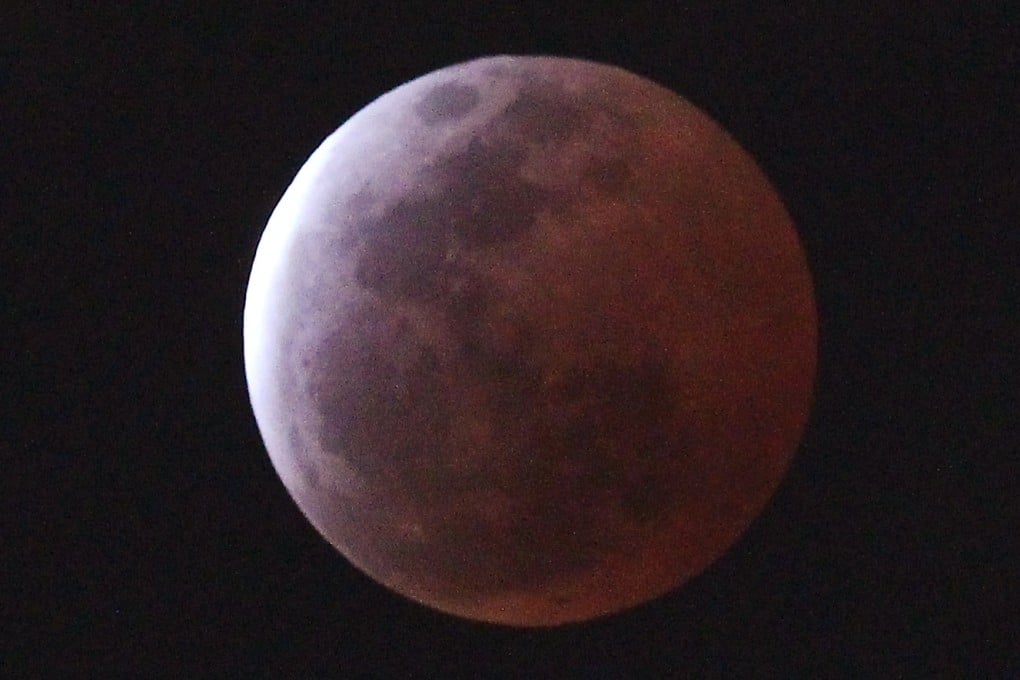Advertisement
‘Blood moon’ total lunar eclipse 2022 in Asia-Pacific – when to watch it in Hong Kong, and why this one is unique
- Just after sunset on Tuesday, a rare kind of ‘blood moon’ will hang in the northwestern sky over Hong Kong for almost an hour and a half
- Not only will the blood moon look red for a particularly long time, but it will also look very strange as it rises into the sky – and block views of Uranus
Reading Time:3 minutes
Why you can trust SCMP

Just after sunset on Tuesday, a rare kind of “blood moon” will hang in the northwestern sky over Hong Kong for almost an hour and a half.
There will not be another total lunar eclipse seen from Hong Kong until 2025.
In a second, simultaneous celestial event, the blood moon at its peak will block views of the planet Uranus for 49 minutes.
Advertisement
Caused by an alignment that sees the moon drift into Earth’s shadow, this total lunar eclipse will have various phases, the most interesting of which is totality, when the lunar surface will turn red for 1 hour and 26 minutes.
Here is everything you need to know to catch the stunning sight in Hong Kong and Asia-Pacific.
What causes a blood moon?
Advertisement
Select Voice
Choose your listening speed
Get through articles 2x faster
1.25x
250 WPM
Slow
Average
Fast
1.25x